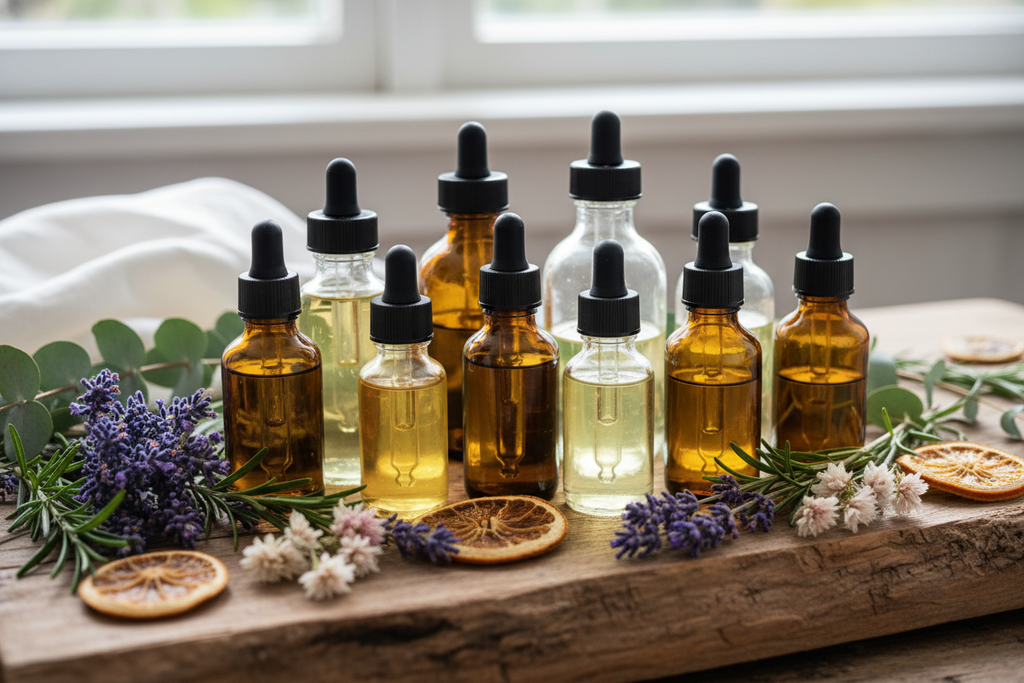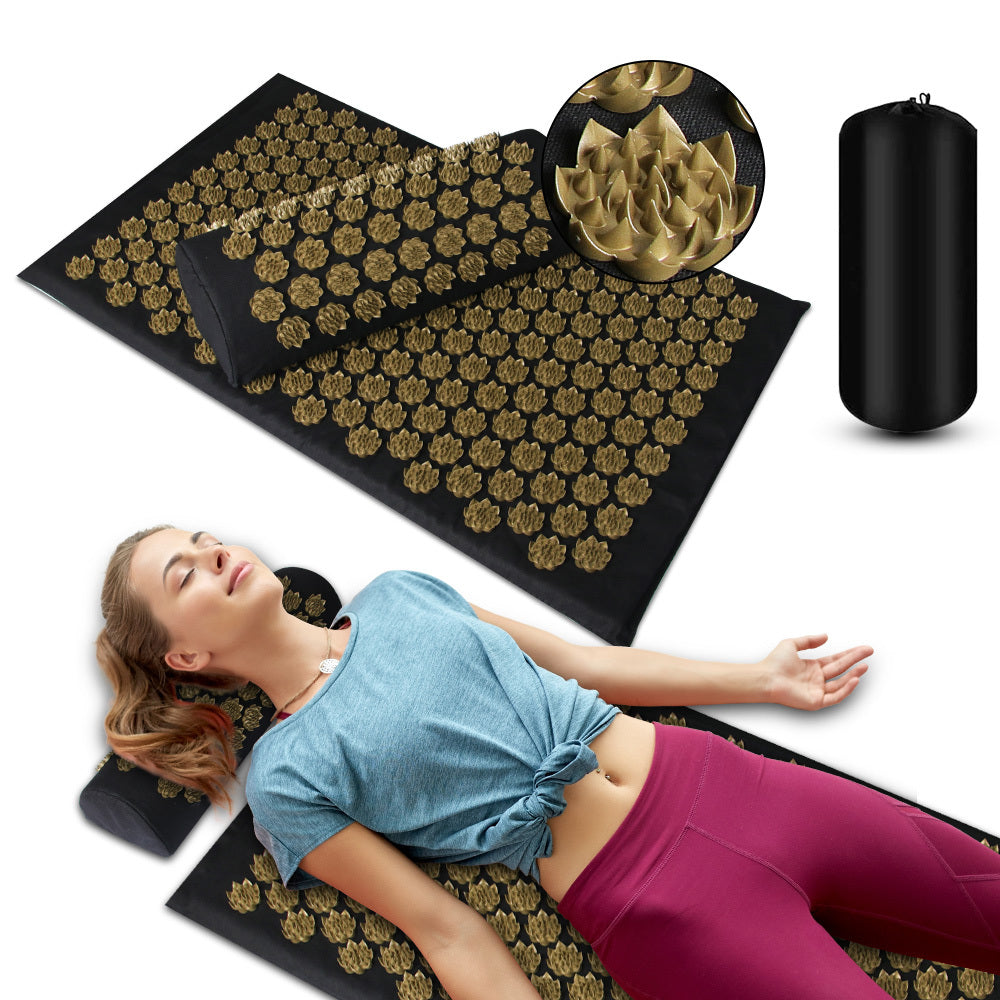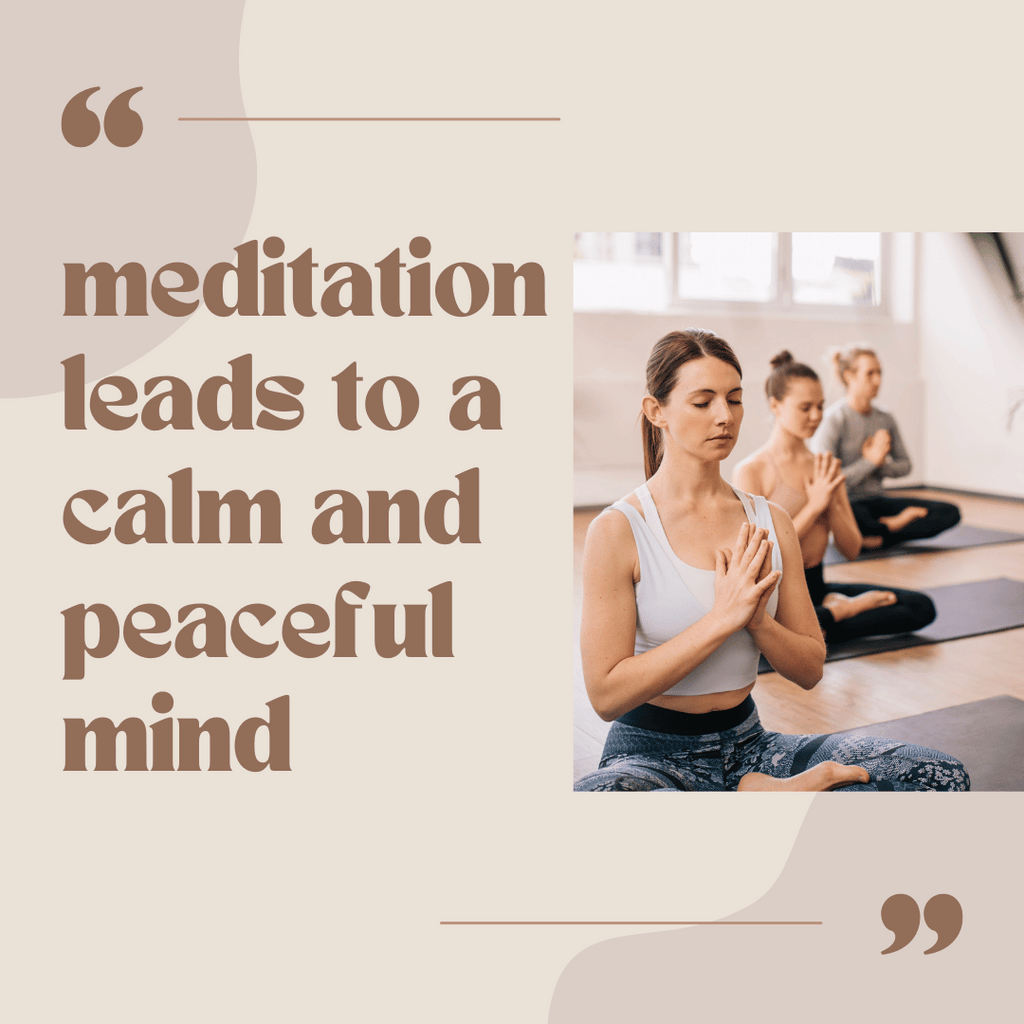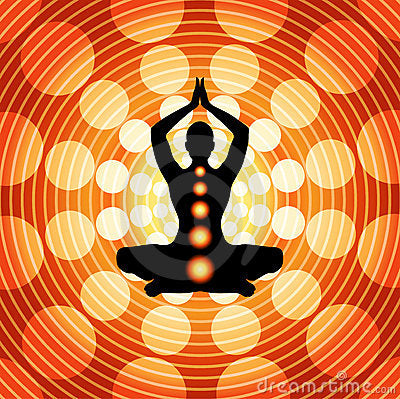Best Essential Oils for Sleep & Relaxation | Allgri Wellness
Best Essential Oils for Sleep and Relaxation
A good night’s sleep is more than a luxury — it’s a necessity. Yet, in today’s restless world, quality rest feels out of reach for many. Between late-night scrolling, overthinking, and stress, falling asleep naturally has become harder than ever. That’s where the best essential oils for sleep and relaxation come in — nature’s quiet remedy to restless nights.

Used for centuries in rituals, healing, and self-care, essential oils are pure plant extracts that carry powerful aromatic compounds. These natural scents interact with our nervous system, helping calm the mind, relax the body, and prepare us for deep, rejuvenating sleep.
Let’s explore the most effective essential oils to promote relaxation, the science behind how they work, and practical ways to make them part of your nightly ritual.
The Science Behind Aromatherapy and Sleep
Before diving into specific oils, it helps to understand why scent has such a profound effect on our sleep patterns. When you inhale the aroma of essential oils, tiny molecules travel through your nasal passages and stimulate the limbic system — the emotional control center of the brain.
The limbic system influences mood, memory, and physiological responses like heart rate and stress levels. Certain aromas, especially floral, woody, or herbal scents, signal the body to release calming neurotransmitters like serotonin and reduce cortisol (the stress hormone).
This is why diffusing oils such as lavender, chamomile, or bergamot before bed can create a physiological shift — easing tension, slowing heart rate, and inviting a sense of peace that prepares you for rest.
Lavender – The Timeless Sleep Classic
If there’s one essential oil that defines relaxation, it’s lavender. Known for centuries as a natural sedative, lavender essential oil is scientifically proven to improve sleep quality, reduce anxiety, and even lower blood pressure.
In several clinical studies, participants who inhaled lavender before bed experienced deeper, longer sleep and woke up feeling more refreshed. The soft, floral aroma helps quiet the mind, making it one of the best essential oils for sleep and overall calm.
How to Use Lavender for Sleep
-
Add 5–8 drops to a diffuser 30 minutes before bedtime.
-
Place 1–2 drops on your pillow or a cotton ball near your bedside.
-
Mix with a carrier oil for a relaxing temple or neck massage.
Pairing lavender with a gentle nightlight diffuser enhances the effect — turning your room into a tranquil, sleep-ready haven.
Chamomile – The Herbal Hug for Your Senses
When you think of chamomile, you might picture a soothing cup of tea before bed. But in essential oil form, chamomile’s benefits are even more concentrated and powerful. Roman Chamomile essential oil in particular is revered for its ability to relax both body and mind.
Its light, sweet scent carries natural sedative properties, helping reduce irritability, tension, and racing thoughts. For anyone who struggles with insomnia or emotional restlessness, chamomile creates an almost instant sense of calm.
How to Use Chamomile for Relaxation
Add a few drops to your evening bath or blend it with lavender in your diffuser for a floral, grounding sleep blend. The aroma pairs beautifully with soft music or meditation, preparing your body for deep, restorative rest.
Bergamot – Calm Energy and Emotional Balance
Bergamot essential oil, extracted from the peel of the bergamot orange, is both uplifting and calming — a rare combination that makes it perfect for bedtime routines.
Unlike some citrus oils that energize, bergamot helps reduce stress hormones while balancing mood. Its crisp, floral scent helps ease anxiety and promote positivity before bed — especially for those whose minds race at night.
How to Use Bergamot for Sleep
Diffuse bergamot with a touch of cedarwood or lavender for an elegant, balanced blend. Inhale deeply while journaling or reflecting before sleep. Over time, your body begins to associate the aroma with calm and safety — a powerful cue for your nervous system to rest.
Cedarwood – Grounding the Mind
If anxiety keeps you up at night, cedarwood offers the earthy, grounding scent your mind craves. Known for its rich, woodsy aroma, cedarwood essential oil is a natural relaxant that encourages melatonin production — the hormone that regulates sleep cycles.
Its deep, warm scent has a stabilizing effect on emotions, helping you feel safe and secure as you drift off. For those who prefer more masculine or forest-inspired scents, cedarwood is one of the best essential oils for sleep and relaxation.
How to Use Cedarwood for Deep Rest
Diffuse 3–4 drops mixed with lavender or vetiver at night. Alternatively, add a few drops to a carrier oil and apply to your chest or the soles of your feet before bed. The grounding aroma helps you feel centered and ready for deep sleep.
Ylang Ylang – The Exotic Relaxant
Ylang Ylang (pronounced “ee-lang ee-lang”) comes from the tropical Cananga tree and is known for its sweet, floral fragrance. Often used in perfumes, it’s also one of nature’s most powerful relaxants.
Ylang Ylang helps slow your heart rate and reduce blood pressure, promoting tranquility. Its sensual, rich aroma evokes feelings of comfort and joy — ideal for unwinding after emotional or mental exhaustion.
How to Use Ylang Ylang for Bedtime Bliss
Combine Ylang Ylang with bergamot or lavender in a diffuser for a romantic, calming scent that fills the entire room. You can also add a drop to your evening skincare oil for a luxurious touch before bed.
Frankincense – The Ancient Peace Oil
Known as “the king of oils,” frankincense has been used in meditation and healing for thousands of years. It promotes deep breathing, slows the mind, and encourages introspection — the perfect mindset for a restful night.
Its warm, resinous scent is grounding, spiritual, and profoundly relaxing. Many meditation practitioners use frankincense to reach deeper states of mindfulness and calm, making it one of the best essential oils for sleep and nighttime rituals.
How to Use Frankincense for Relaxation
Diffuse frankincense during your evening wind-down or add 2 drops to your pillow. It pairs beautifully with cedarwood or sandalwood for a tranquil, meditative blend that calms the mind before rest.
Clary Sage – Balancing Hormones and Restoring Calm
Clary Sage essential oil is especially beneficial for women’s wellness, as it helps regulate hormones and alleviate stress-related insomnia. Its herbal, slightly sweet aroma calms the nervous system and supports emotional balance — making it perfect for nighttime routines.
How to Use Clary Sage for Evening Calm
Diffuse Clary Sage an hour before bed or mix it into a massage blend for the back of the neck and shoulders. Combined with lavender, it enhances overall relaxation and supports hormonal harmony for deeper sleep.
Vetiver – Nature’s Deep Tranquilizer
Vetiver, often called the “oil of tranquility,” has one of the most grounding, earthy aromas in aromatherapy. Its thick, smoky scent brings the mind down to a deep state of stillness — perfect for people with chronic insomnia or anxiety.
Vetiver works on a physiological level to lower heart rate and encourage slower breathing, mimicking the body’s natural transition into sleep mode.
How to Use Vetiver for Sleep
Diffuse vetiver with lavender or frankincense at night. Because of its intensity, you only need 1–2 drops. Many find vetiver so deeply relaxing that they fall asleep within minutes.
Sweet Marjoram – The Gentle Sedative
Often overlooked, Sweet Marjoram essential oil is one of the most underrated sleep aids. With its warm, herbal scent, it promotes comfort, reduces nervous tension, and helps relieve insomnia related to stress or emotional strain.
Ancient healers used marjoram as a natural sedative, and modern studies confirm its ability to relax the nervous system. It’s particularly effective when blended with lavender or chamomile for bedtime use.
How to Use Sweet Marjoram for Relaxation
Add 3 drops to a diffuser before bed, or blend with coconut oil for a soothing massage. The aroma encourages peace of mind and restful dreams.
Creating the Perfect Sleep Blend
While each essential oil offers unique benefits, blending them can amplify their effects. Here’s a simple blend to try for a restful night:
-
3 drops Lavender
-
2 drops Chamomile
-
2 drops Cedarwood
-
1 drop Vetiver
Add this combination to a diffuser or a warm bath before bedtime. The synergy of floral, woody, and herbal tones promotes full-body calm and serenity.
Best Ways to Use Essential Oils for Sleep
There are several easy ways to incorporate essential oils into your nightly routine:
Diffusers
Diffusers are the most popular way to enjoy the best essential oils for sleep. Simply add water and 5–10 drops of your favorite oil or blend. As the mist fills the air, your body naturally begins to unwind.
Aromatherapy Pillows or Sprays
Spray a diluted essential oil mix onto your pillow or bed linens before sleep. The scent lingers softly throughout the night, gently signaling the mind to relax.
Bath Rituals
Add 5 drops of essential oil to a warm bath (mixed with carrier oil or Epsom salt). The heat helps the aroma penetrate your senses while releasing muscle tension — perfect before bedtime.
Massage or Topical Application
Dilute essential oils with carrier oils (like jojoba or coconut) and gently massage your temples, neck, or feet before bed. The combination of touch and scent enhances relaxation.
Why the Right Oil Matters
Choosing high-quality, pure essential oils makes all the difference. Synthetic or diluted versions often lack the therapeutic compounds that trigger real relaxation responses in the brain. Look for 100% pure, steam-distilled oils — ideally from ethical, sustainable sources.
For maximum results, consider water-soluble or diffuser-ready oil sets, which disperse evenly and safely into mist. These blends often combine complementary scents, saving you time and helping you find your favorite sleep formula quickly.
Creating a Nightly Sleep Ritual
The true power of aromatherapy comes from consistency. When you repeat a scent-based ritual each night, your body learns to associate the aroma with rest. Over time, simply smelling lavender or cedarwood can signal your brain: It’s time to sleep.
Here’s an easy example of a nightly aromatherapy ritual:
-
Dim the lights 30 minutes before bed.
-
Add a few drops of your favorite sleep blend to your diffuser.
-
Do light stretching, reading, or journaling.
-
Take slow, deep breaths as the aroma fills your space.
-
Lie down, release the day, and drift into deep, natural rest.
Final Thoughts: Your Sleep, Your Sanctuary
Finding the best essential oils for sleep and relaxation is a personal journey. Whether you’re drawn to lavender’s timeless calm, cedarwood’s grounding warmth, or the floral sweetness of chamomile, each oil invites a different kind of peace.
These are the oils I am using right now. I find them very soothing -
The magic lies not just in the aroma, but in the ritual — the quiet moment where you choose calm over chaos. With consistent use, essential oils become more than scents; they become signals of safety, comfort, and deep rest.
So tonight, dim the lights, start your diffuser, and let nature’s finest oils guide you gently into dreamland.
Sweet dreams await. 🌙









